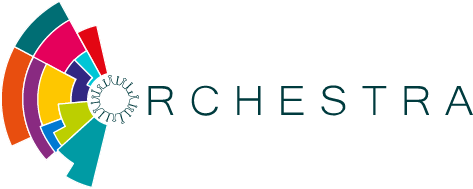Clinical algorithm
Here, you can view the probability of developing symptoms at 6, 12, 18, and 24 months after COVID-19, calculated based on basic covariates and prior symptoms. These probabilities are derived using the Latent Class Analysis model, as detailed in the full model documentation. This model considers various factors—including demographic characteristics, acute phase parameters, and treatment history—along with symptoms from both the acute COVID-19 phase and subsequent periods. To view your personalized symptom probability estimates for future months, please follow these steps:
1) Enter values for all covariates.
2) Select how long ago you had COVID-19, then click "ASK FOR SYMPTOMS."
3) Input the symptoms you experienced at each timepoint.
4) Click "DRAW" to display adjusted estimates based on all covariates and symptoms across timepoints.
Covariates
Demographic features
Therapy for COVID-19
Oxygen therapy includes all possible oxygen therapies, including nasal prongs, face mask (simple mask, Venturi mask), face mask with reservoir', high-flow nasal cannula, non-invasive ventilation (CPAP/BIPAP) as well mechanical ventilation.
Time of evaluation
Symptom probability
The horizontal bar chart displays the probability of each symptom at each time point. Red bars represent the symptoms identified as present at the specified time point, while green bars show the LTA model predictions, adjusted based on covariates and the provided symptoms.
